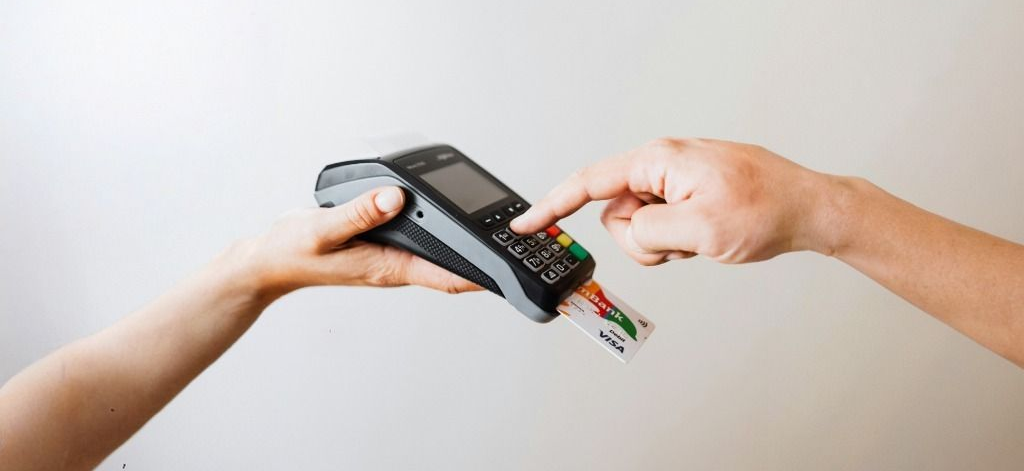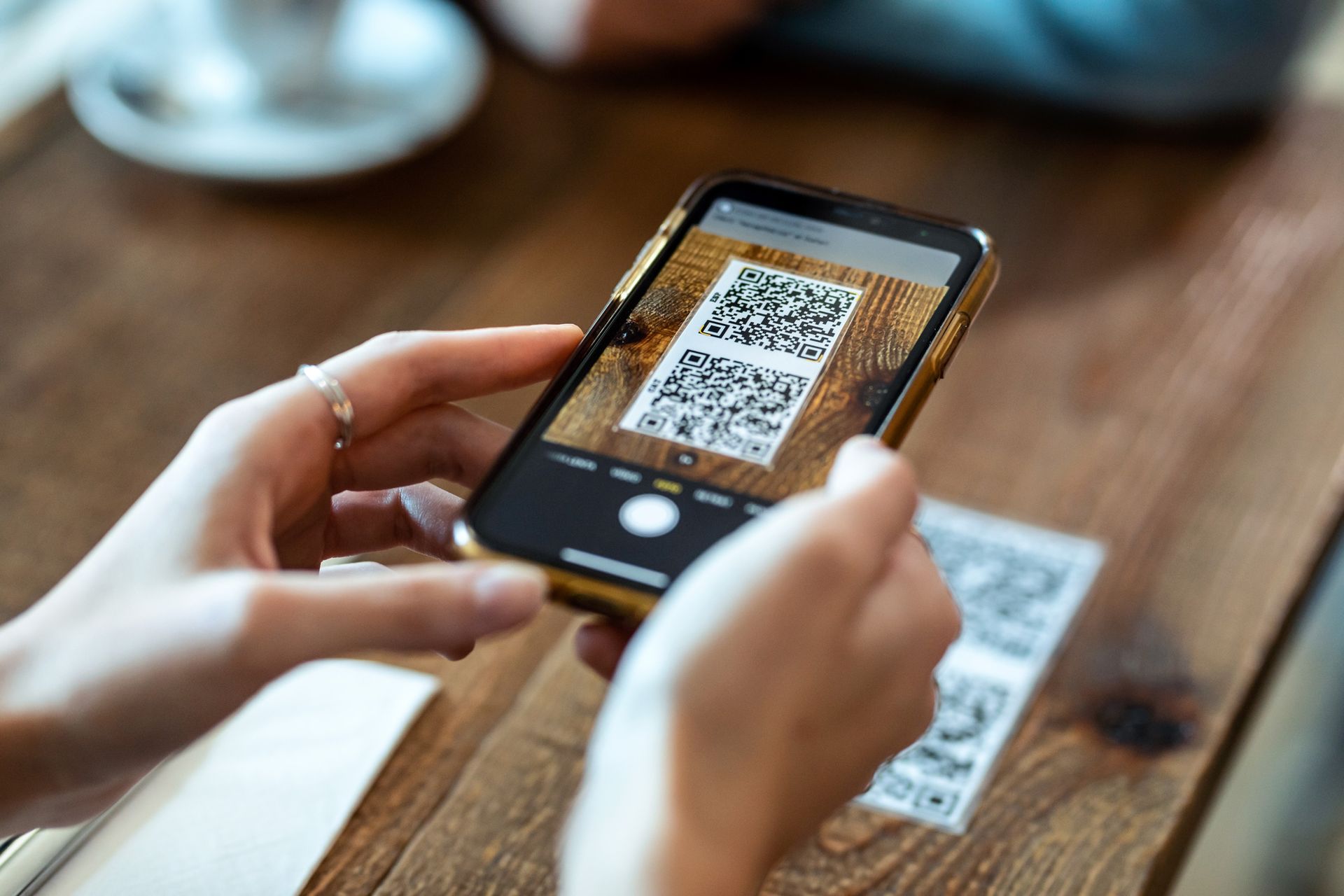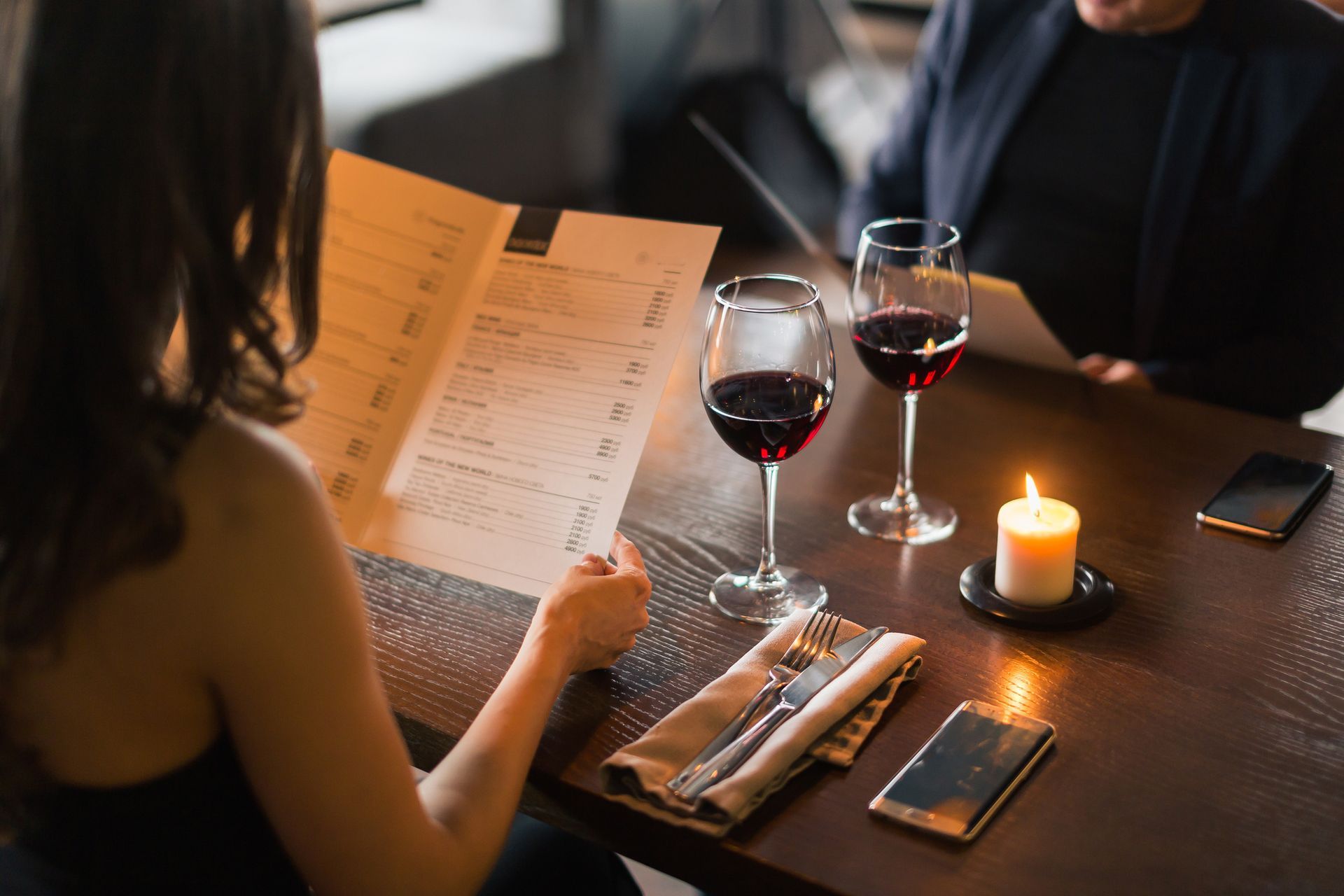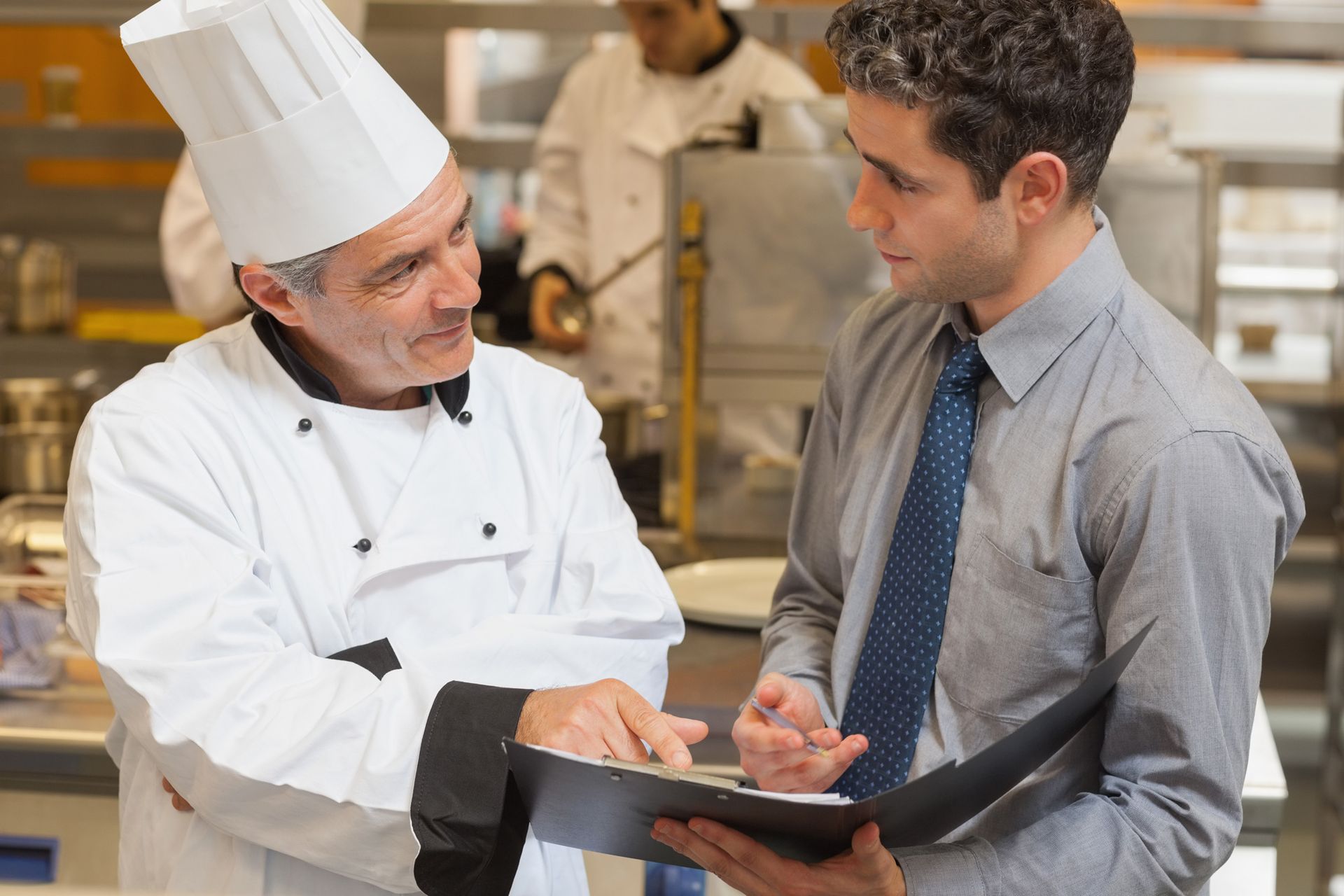Your Brand Is Every Conversation Guests Have About You
How Consistent Branding Builds Trust and Revenue
Branding is how you show up visually, verbally, and emotionally everything from the way your host greets, how your menu reads, how your photos look, how your dishes arrive.
Again and again until your guests can recognize you instantly.
This guide focuses on the thing that turns good branding into real revenue: consistency.
What Is Branding? Why It Matters for Restaurants
Branding isn’t a logo, a color, or a clever tagline. It’s the total of every interaction with your guests before, during, and after the visit. That includes the obvious things (name, menu, photography) and the quiet details (how the host greets, how fast pickup is, how your to-go containers look, how you reply to reviews). Over time, those moments add up to beliefs: This place is warm. They’re fast. They always get my order right. That belief is your brand.
Branding is not what you claim but what guests come to believe. If your ad reads “fast casual,” but ticket times are 30 minutes, the brand in the guest’s mind is “slow and frustrating.” as they’re coming to expect a fast and casual service.
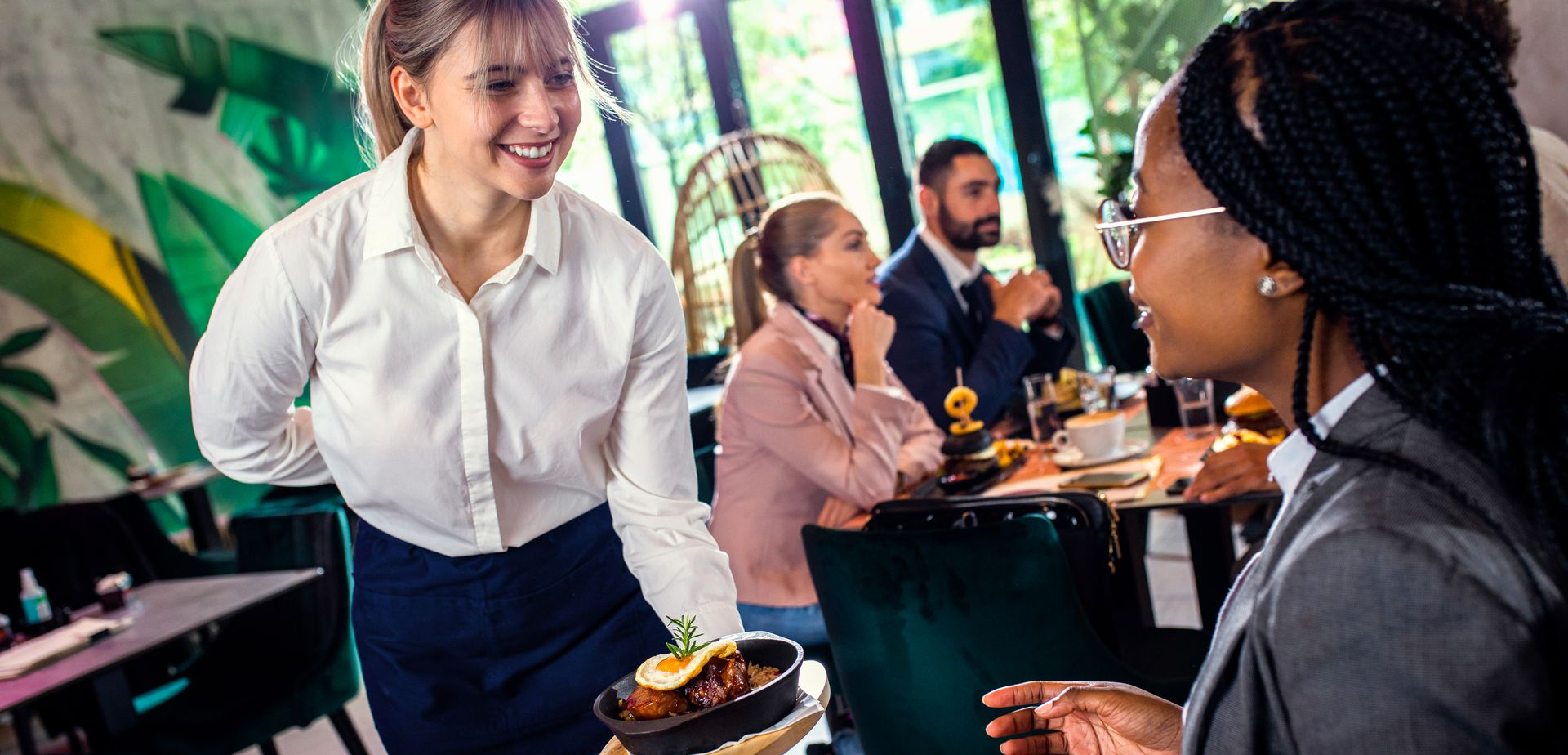
Brand Recognition
Recognition is the feeling of “I know these people” in one scroll or one glance. It comes from visual and verbal repetition, everything from color repeating in ads, interiors, menus and logos, food photos looking consistent in look, angles, lighting and framing, anything that can identify you and familiarize your guests with who you are.
Recognition reduces decision time. When guests instantly identify you like a needle in a haystack, you’ve cleared the first and most expensive marketing problem, recognition.
Brand Loyalty
Loyalty is built when the experience matches the expectations every time. That consistency creates trust and then loyalty earning your restaurant repeat visits, how does consistency in terms of branding look like?
- The drinks and dishes are consistent in terms of both flavor and presentation
- There’s consistency in how the social media, the website, the menu and even the location itself looks.
- Your guests know what to expect in terms of quality of service and food.
Loyalty creates trust and ends up growing your average order value, since regulars tend to explore and try add-ons or seasonal products or features because they trust you, they’re therefore more likely to try out your puzzles.
Consistency
You can’t control every Yelp review or every night’s rush, but you can control branding consistency.
the steady, predictable rhythm of how you look, sound, and deliver. When those elements line up, branding stops being a cost and starts increasing revenue. Consistent branding has been proven to increase revenue and lower marketing costs.
What should you standardize:
- Visuals: One primary color, one secondary, one accent; one headline font + one body font; a short photo style guide (angles, background, lighting) maintain branding consistency across social media, websites, menus, communications, ephemera or official documents as well as the locations themselves.
- Menus across locations: Maintain the same menu across locations creating a consistent experience, guarantee your guests a seamless experience regardless of location.
Service, Portions and Quality: make sure to maintain consistent portions and sizes, (some providers will offer pre-portioned steaks or chicken), as well as consistent quality and presentation this means standardized plating and packaging (to-go boxes).
Consistency isn’t sameness. Your seasonal menu can change weekly; the way you present it should feel the same.
Ready to get help branding your menu?
Get in touch and start using data to design a menu that actively grows your business.
